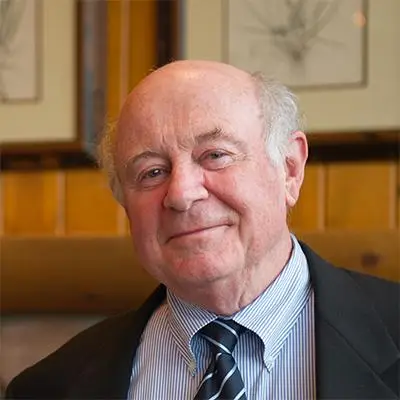This year, the “summer” break for school children will be six months long. Some learning loss is likely, but it will vary, depending on kids’ opportunities to learn during the coronavirus shutdown and on individual differences—for example, a taste for recreational reading.
How can schools figure out where individual kids are? If the kids in any classroom have different degrees of learning loss, how can schools start everyone in the first place and quickly get everyone ready for grade-level material?
These questions can’t be fully answered until kids come back. But we can anticipate some of the answers by looking at the last long-time disruption in schooling—in New Orleans after Hurricane Katrina. New Orleans schools closed abruptly in early August 2005. Though a few schools located on high ground were able to start again in early 2006, the majority of children weren’t back in New Orleans schools until the following school year or later. All returning students had suffered hurricane-related trauma. Some had gone to school for a few months in Texas or other parts of Louisiana, but most were out of school until they returned to New Orleans.
The situations are not identical, but post-COVID educators need to know what post-Katrina educators tried and what they learned. Earlier this month, I interviewed school heads and academic leaders whose schools received students as soon as they returned to New Orleans after Katrina. Respondents provided some important insights.
First, about how much kids had lost:
- Kids came back on average more than two years below grade level, some much more. Losses were most dramatic in mathematics.
- The degree of learning loss couldn’t be predicted by family income, prior school, student age, or pre-Katrina grade level. Any school that opened in New Orleans had to assess individual readiness.
- Since kids trickled back to New Orleans over a long period of time, schools could never stop assessing and adjusting to learning loss.
- It often took multiple years of individualized attention to resolve the largest learning losses.
What schools tried:
- Schools used conventional diagnostic tests to assess student readiness. Because these were used for placement only, and not as accountability baselines, schools could choose among tests.
- Elementary schools placed children in courses based on readiness levels, not age.
- Some elementary schools assigned students to specially-designed make-up programs for as much as half of each school day to accelerate recovery of reading and math levels.
- High schools found that students were bored in purely remedial courses and did not make progress as rapidly as did elementary level students. Students were then assigned to regular grade-level courses.
- High schools developed “spiraling,” whereby teachers would present regular course materials after re-teaching prerequisite materials that some students had missed.
- High schools also tried to arrange tutoring for students who needed extra help keeping up with “spiraling” courses.
Schools got mixed but overall positive results:
- Elementary schools that emphasized skill recovery found that students scored poorly on state accountability tests—poorly enough to threaten charter schools’ existence.
- A consequent re-emphasis on grade-level instruction improved score performance but left school leaders concerned that students still had not recovered lost learning.
- High schools found that “spiraling” greatly improved students’ persistence in school and graduation.
Fifteen years after Hurricane Katrina, New Orleans schools are still dealing with its aftermath, and with students who come to school unprepared for grade-level work. As one school head concluded, “A big trauma like Katrina can have effects for decades. Learning losses don’t just disappear with one course or in one academic year. For schools, the need to keep track of where every child is, and to work constantly on helping everyone move along, is permanent, not short-term.” The term “social-emotional learning” was not au courant at the time: as one educator said, “we thought that kids needed great teaching, personal attention, and high expectations.”
These lessons might apply when schools restart in the fall. If, as some expect, additional periods of social distancing may be necessary in the next two years, schools will have to help students catch up many times, not just once.




